#Australopithecus
Explore tagged Tumblr posts
Text

I Love Lucy!!!!!!!!!!
22 notes
·
View notes
Text

Tom Howse (British, 1988) - Lucy's Big Day Out (2019)
481 notes
·
View notes
Text
youtube
It’s been 50 years since the discovery of “Lucy,” a 3.2-million-year-old hominid whose skeleton opened a new window into human evolution. Why was Lucy big news in 1974—and how has technology unlocked new possibilities for analyzing fossils today?
#science#museum#amnh#fossil#nature#natural history#fact of the day#did you know#lucy#human evolution#australopithecus#humans#evolution#evolutionary biology#paleontology#anthropology#stem#Youtube
174 notes
·
View notes
Text
Super cool update on Lucy and how running developed in our evolutionary past!
59 notes
·
View notes
Text
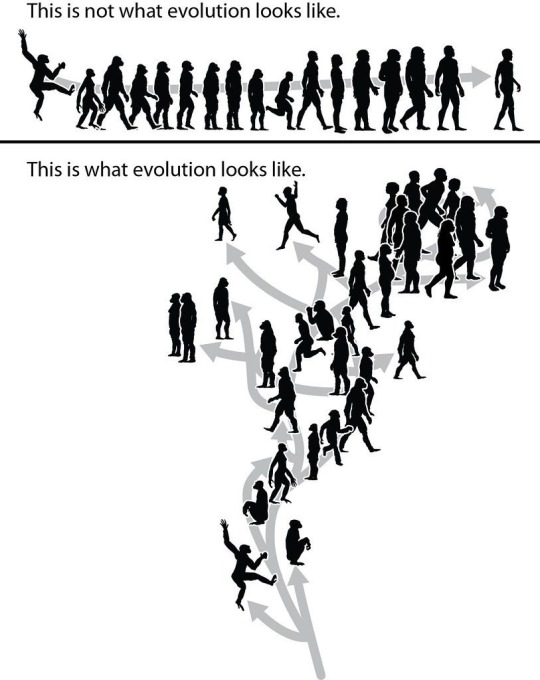
An illustration I made a while ago with PhyloPic silhouettes as part of my chapter on human evolution (“Three Histories of the Human Body”) in the anti-creationism volume God’s Word or Human Reason?.
This illustration is under the CC-BY 3.0 license. See here for more on this image.
Other diagrams I’ve made on evolution.
A paleofiction comic book series about much earlier human ancestors.
#paleontology#extinction#palaeontology#paleoart#prehistoric#biology#evolution#evolutionary biology#sciart#science#paleoanthropology#anthropology#hominidae#hominins#hominids#australopithecus#homo sapiens#homo neanderthalensis#neanderthal#homo erectus
356 notes
·
View notes
Photo
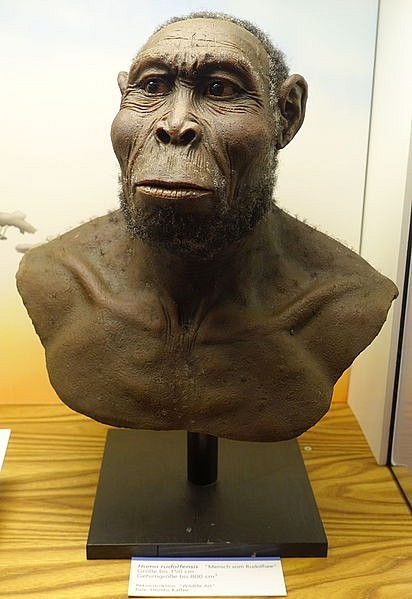
Homo Rudolfensis
Homo Rudolfensis is an early human species that lived in East Africa between c. 2.5 and 1.8 million years ago. It is known from a handful of skull, jaw and teeth fragments that remind alternatingly of Homo or of Australopithecus and that piece together to reveal a relatively large-brained, flat-faced species with robust teeth capable of chewing through tough plants.
The associated dates mean that Homo rudolfensis was around at a time that saw the emergence of our genus of Homo – a time still very much shrouded in mystery as the fossil remains are scarce, and thus, successfully building jigsaw puzzles with said remains is very difficult. This is reflected in debates that rage regarding the relationship between Homo rudolfensis and its close contemporary, Homo habilis, and the fact that some scientists favour lumping both into one species instead. It is moreover unclear whether Rudolfensis and Habilis have indeed reached their proper place within Homo, or whether they might fit better within Australopithecus instead.
Discovery
East Africa was a pivotal stage for the early years of human species, and palaeoanthropologists Louis and Mary Leakey and their sons played a central role in its discovery as such. Already in the 1950s, their efforts at Olduvai Gorge in Tanzania had uncovered early stone tools belonging to what they termed the Oldowan industry, and in the 1960s, their son Jonathan found bones and bone fragments that the Leakey team assigned to the then-new species Homo habilis, which became the earliest member of the genus of Homo known at the time.
A research project that focused its attention on northern Kenya, along the shores of Lake Turkana, would further change the picture of early Homo. Richard Leakey – Louis and Mary's son – led fieldwork there in the 1970s, and in 1972, at Koobi Fora, one of his team members, Bernard Ngeneo, discovered an interesting collection of skull fragments.
Once pieced back together, the face that greeted the team was striking: it had a steep forehead, a flat face, and a wide palate – seemingly a mixture of Homo and Australopithecus features that did not match anything else known at the time.
The skull, known scientifically as KNM-ER 1470, was initially dated to c. 2.4 million years old (later adjusted to c. 1.8 million years in 1989, and then to c. 2 million years in 2013) and assigned by Richard Leakey first to an indeterminate Homo species but then to Homo habilis. However, since the skull's features differed quite a bit from known Homo habilis specimens and its cranial capacity was larger, it sparked a whole lot of bickering and arguing in the scientific community.
Already in 1978, only two years after Leakey assigned the skull to Homo habilis, the Russian scientist Valerii Alexeev proposed giving the new skull the lead role in its own species, instead, naming it Homo rudolfensis (after Lake Turkana's old name, Lake Rudolf). However, the English version of Alexeev's paper did not appear until 1986, and, since not much data was put forth, the species name of Homo rudolfensis was not accepted by the scientific community until the early 1990s. Even so, the debate has continued, though, just like Homo habilis, rudolfensis' mixture of features does not make it a clear match with either Homo or Australopithecus.
Continue reading...
35 notes
·
View notes
Text
Let's take a closer look at the hominin skulls in the Senckenberg Museum's human evolution room. Keep in mind this is not a linear progression through our ancestors, and more like a bunch of closer and more distant cousins.
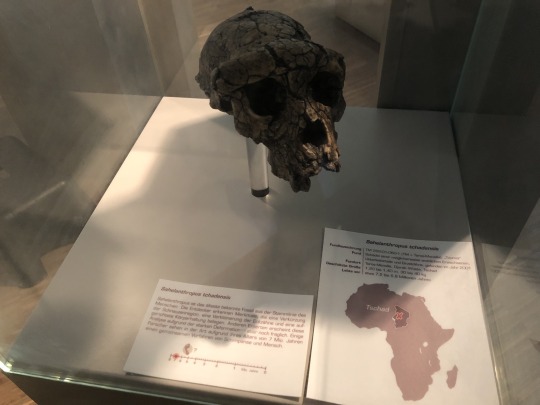
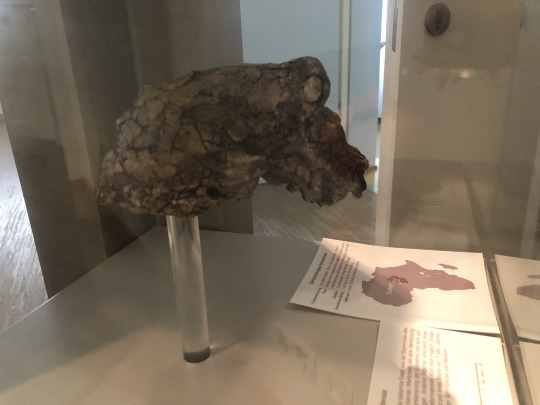
The first one, Sahelanthropus tchadensis is seven million years old, and may very well not be a hominin at all. I've always leaned towards the hypothesis that it's a gorilla relative, not one of ours. No matter which branch of the apes it belongs to, it lived not long after the time the human-line (hominins) and the chimp-line separated, and possibly even before that point!


Ardipithecus ramidus, the first hominin from where we can start making a fairly decent family tree of our relatives. Before this point, 5 million years ago, hominin fossils are very rare, fragmentary, and difficult to assign. One of the most interesting things that does seem to emerge from these early fossils is that we have walked on two legs for a long time. Maybe even so long that our common ancestor with the chimps and bonobos did it!

Lucy represents Australopithecus afarensis, who shows up at this point (3.3 million years ago).


Australopithecus africanus, the Taung child to be precise. We're about 2.8 million years ago at this point. Australopithecines must've been such fascinating creatures.
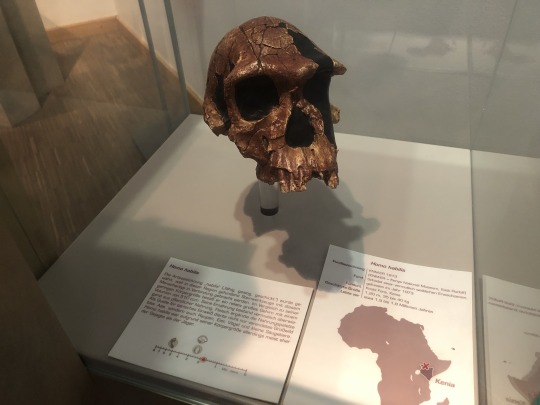

Homo habilis, the 'handy man', named that way because when they were discovered they were thought to be the first humans who used tools. Since then, Australopithecus tools have been found, and tool use by many different animals has also been documented.
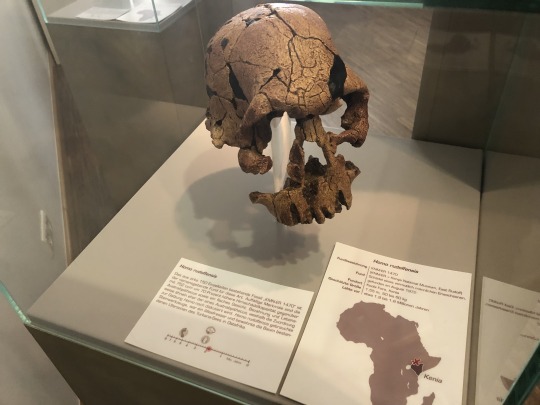
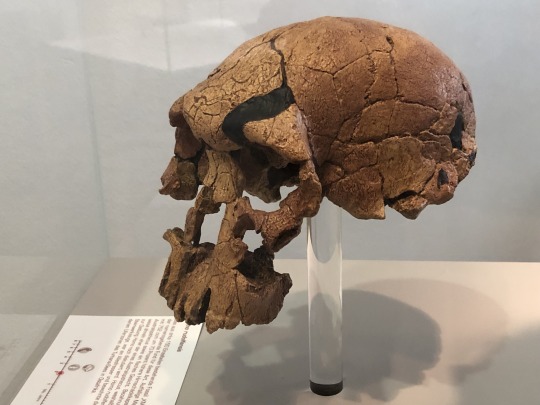
Homo rudolfensis, a population of humans who lived at the same time as Homo habilis and were notably bigger and a little brainier. Does it warrant being its own species? That depends who you ask. Splitting vs lumping is a point of contention in almost every group's biology, and it can run especially high in the field of human evolution since hominins are A very high profile and important fossils that directly relate to our own origins, and B an extremely tangled group that seems to have produced loads and loads of isolated populations and subspecies that regularly migrated all over the place and had frequent interbreeding events. Personally I tend to come down on the side of lumping them into a few major species.

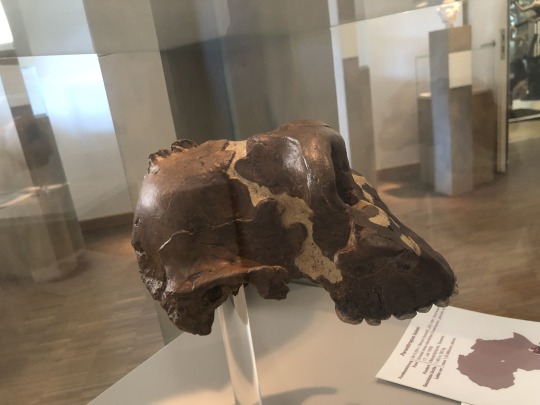
Paranthropus boisei. These were basically a separate lineage of australopithecines, quite different from our own ancestors, who continued to do australopithecus things until quite recently. They were very good climbers and seem to have returned to the trees.

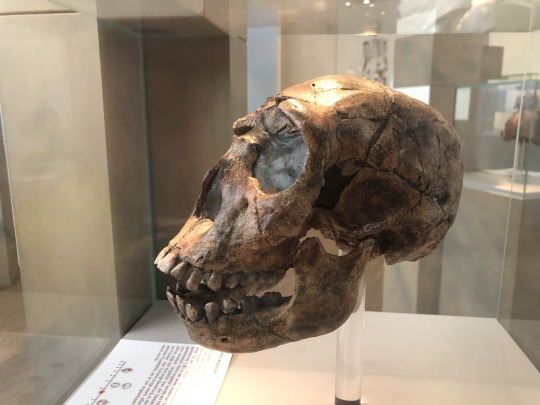
Homo ergaster, either a close relative or a synonym of the more famous Homo erectus. This is the point where we got really brainy, probably figured out how to make fire ourselves, and spread from Africa to Eurasia.

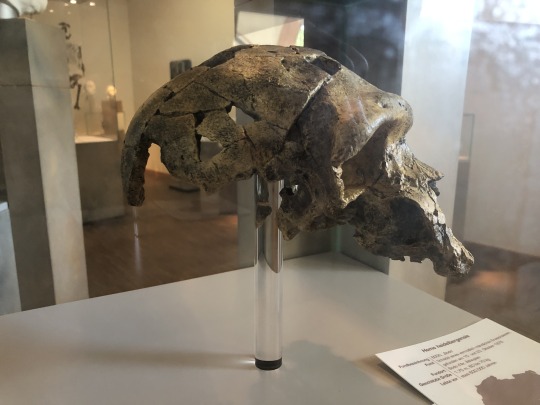
Homo heidelbergensis. Homo erectus and its many subspecies spread all over Africa and Eurasia and existed for well over a million years. As time marches on and evolution did its thing, we eventually start calling the ones in Africa Homo heidelbergensis. They were quite tall, positively enormous compared to little Lucy a few million years back, and they too joined in the human migrations out of Africa. From the H. heidelbergensis who moved into Eurasia we eventually get neanderthals and denisovans, while Homo sapiens evolved from the heidelbergensis populations in Africa.
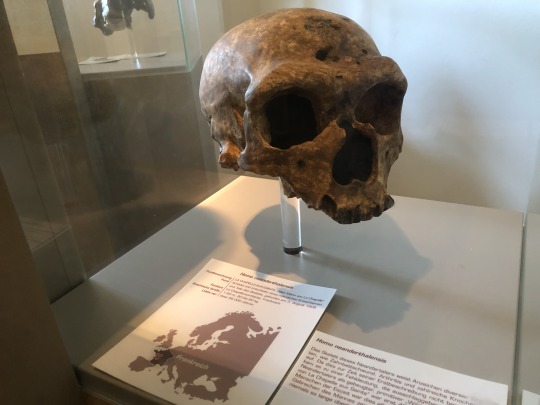

And there's the neanderthals! Large-brained and creative (the first known cave paintings belong to them and they buried their dead), they were likely quite different from the brutish image we often get from them. Rather than truly dying out, their populations eventually merged with the larger Homo sapiens population once they migrated out of Africa, leaving our modern genes with a couple percent neanderthal DNA.
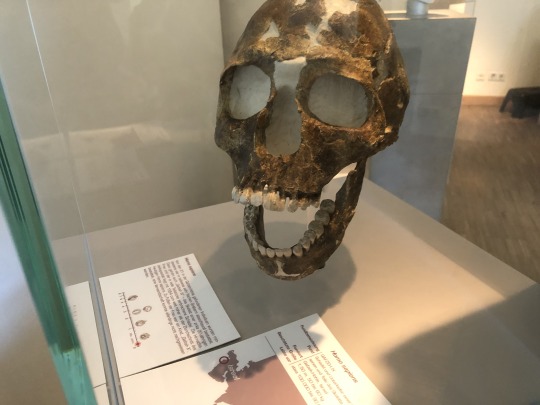
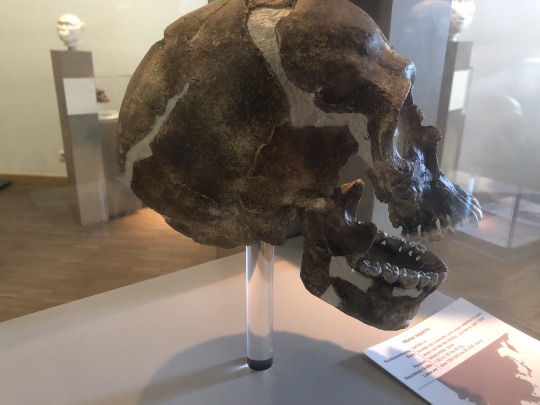
Homo sapiens. And that's us! Not so much the last remaining branch of the human family tree as much as several of the separate branches ended up coming back together and weaving into a single bigger branch.
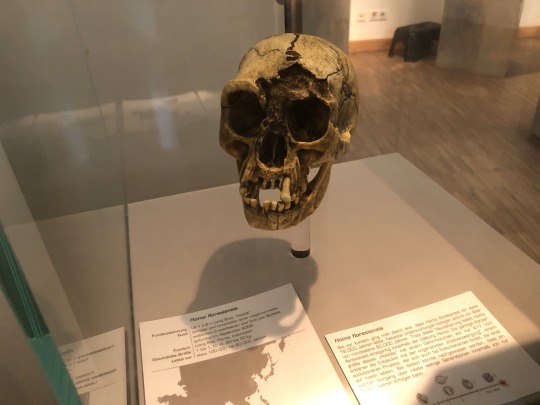
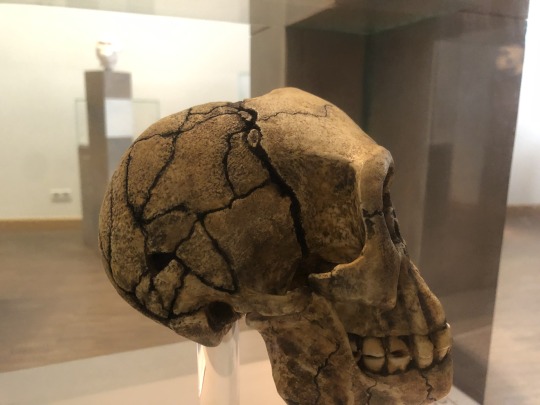
And then there's these little guys, Homo floresiensis! Probably originating from a Homo erectus population that ended up on the island Flores, insular dwarfism ended up making them grow quite tiny. On their isolated island, they remained until about 50000 years ago.
#human evolution#sahelanthropus#ardipithecus#australopithecus#homo#ape#primate#mammal#neogene#quaternary#palaeoblr#senckenberg museum#vicky's vritings
362 notes
·
View notes
Text

Enhydriodon omoensis was a terrestrial giant otter that lived alongside our early ancestors like Australopithecus in Pliocene Africa.
Art by Hodari Nundu.
#prehistory#stone age#paleoart#anthropology#paleolithic#australopithecus#pliocene#enhydriodon#hodari nundu
9 notes
·
View notes
Text
Time Travel Question 8: Ancient History I
These Questions are the result of suggestions from the previous iteration.
Please add new suggestions below if you have them for future consideration.
#Ancient History#Archaeology#Australopithecus#Ea-Nasir#Ur#Göbekli Tepe#Petroglyph#Paleolithic#Neolithic#Neanderthals
149 notes
·
View notes
Note
lucy (the australopithecus skeleton)

Please reblog for a larger sample size.
Lucy in the National Museum of Ethiopia.
24 notes
·
View notes
Text
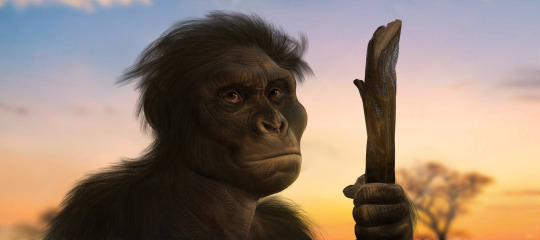
†Australopithecus afarensis
Art credit: Kepyle2055
Over the last few million years, a huge variety of hominins (human relatives) have arisen, only to go extinct and leave us all alone. A. afarensis lived from about 3.9-2.9 million years ago, and were short bipedal apes which were good at walking and might have been able to climb. They appear to have been highly adaptable, occupying a variety of environments- forest, savanna, etc- in east Africa. They likely ate a variety of foods, including grass, leaves, seeds, fruits, roots, insects, and small vertebrates.
#markhors-menagerie#primates#apes#great apes#hominins#animal facts#fun facts#palaeontology#animals#biology#prehistoric life#prehistoric animals#australopithecus#australopithecus afarensis
34 notes
·
View notes
Text
If you think about it humans are just hideously mutated Australopithecus. Like, if they saw animals that were roughly the same shape as them but without the prognathism and semi-opposable big toe and with chins and huge heads I think they'd be pretty freaked out. Like if humans saw the aliens from Mars Attacks.
11 notes
·
View notes
Text

"Erudite Australopithecus" is yet another profile pic-sized commission I did last year. Australopithecus is a genus of extinct hominids related to humans. Commissions are open! See ko-fi.com/pilosophos
3 notes
·
View notes
Text
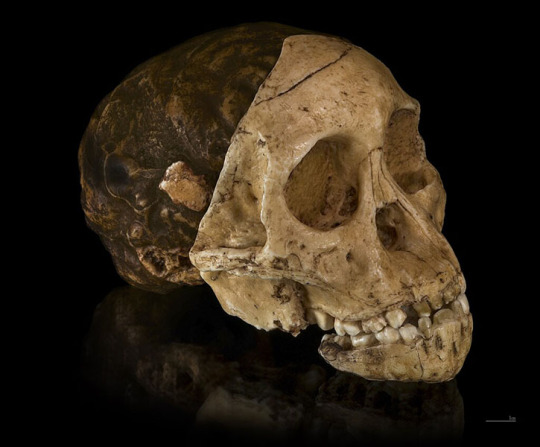
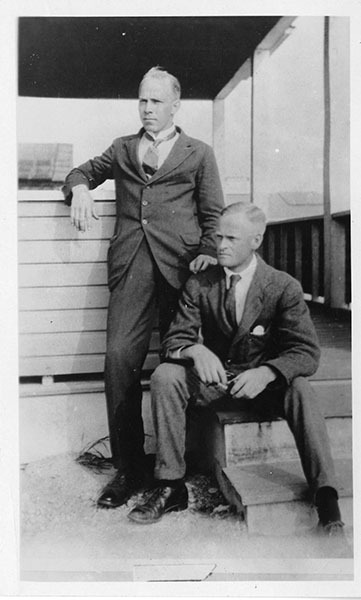
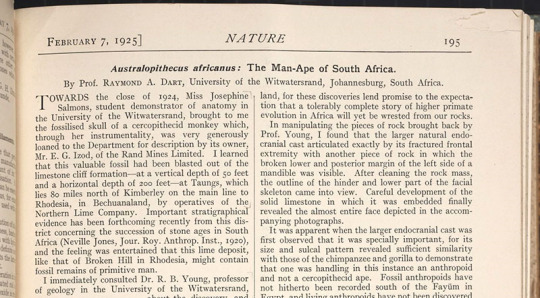
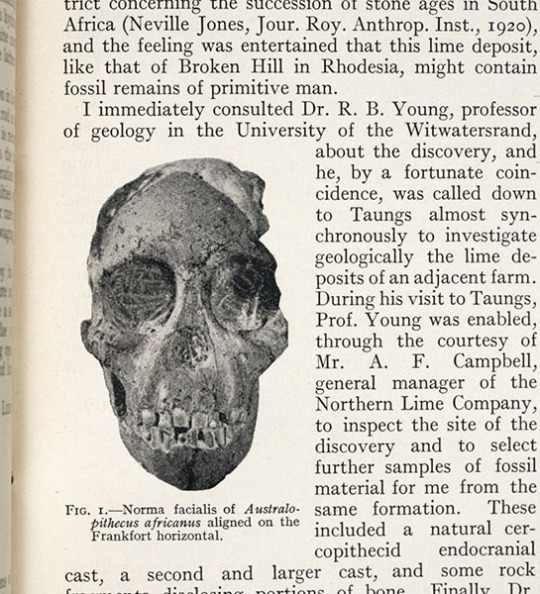
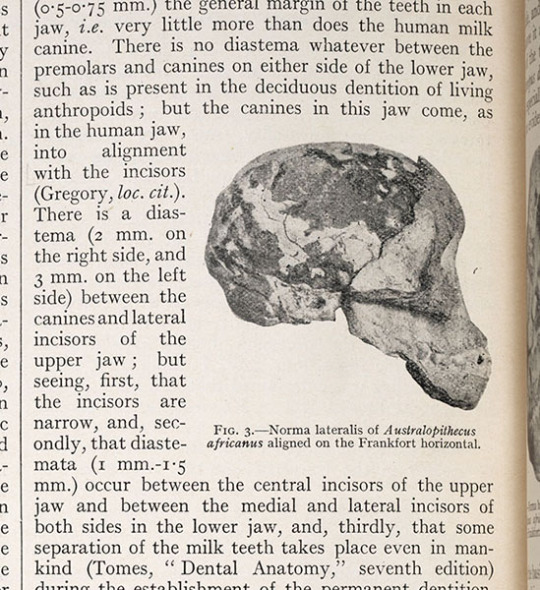
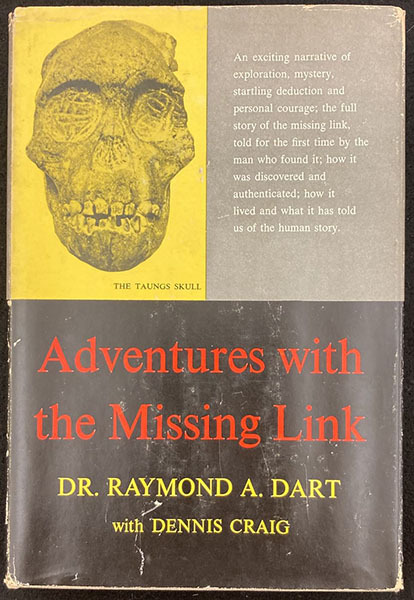
Raymond Dart – Scientist of the Day
Raymond Dart, an Australian/South African anatomist and anthropologist, died Nov. 22, 1988, at the age of 95.
read more...
#Raymond Dart#anthropology#Australopithecus#histsci#histSTM#20th century#history of science#Ashworth#Scientist of the Day
26 notes
·
View notes
Text

Paranthropus boisei by Peter V. Bianchi
#prehistory#stone age#paleoart#anthropology#paleolithic#paranthropus#australopithecus#peter v. bianchi
7 notes
·
View notes
